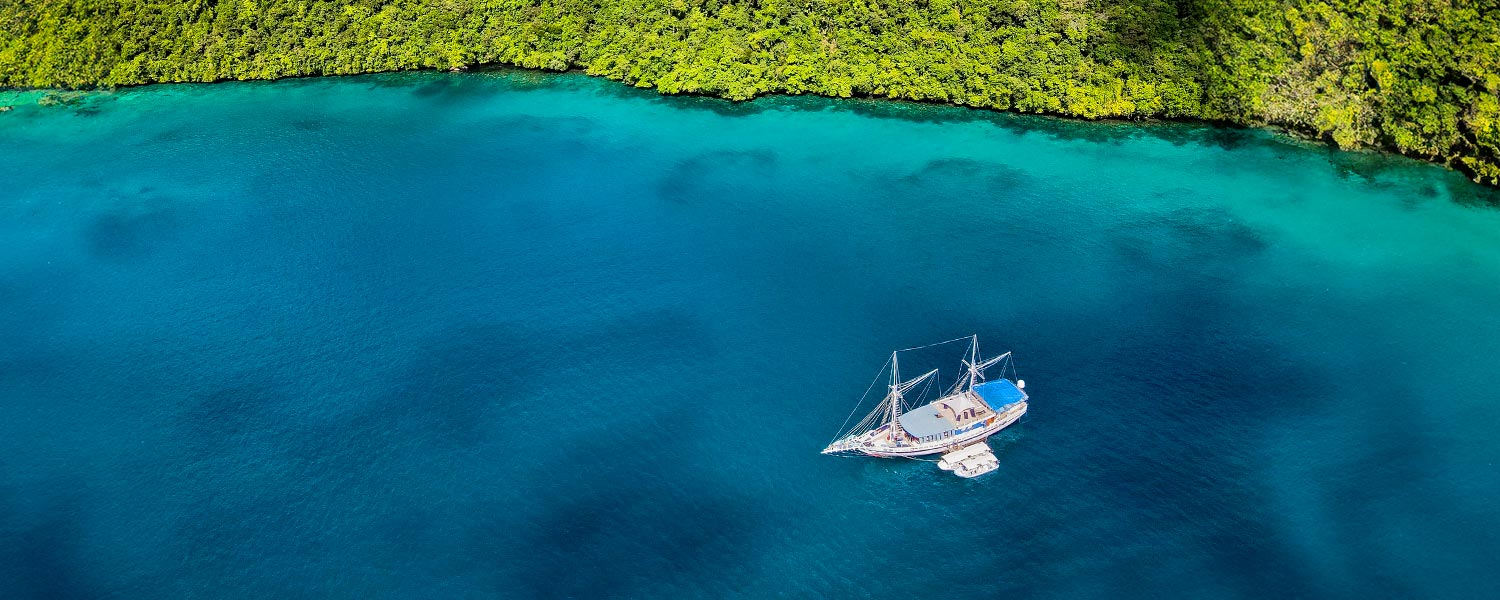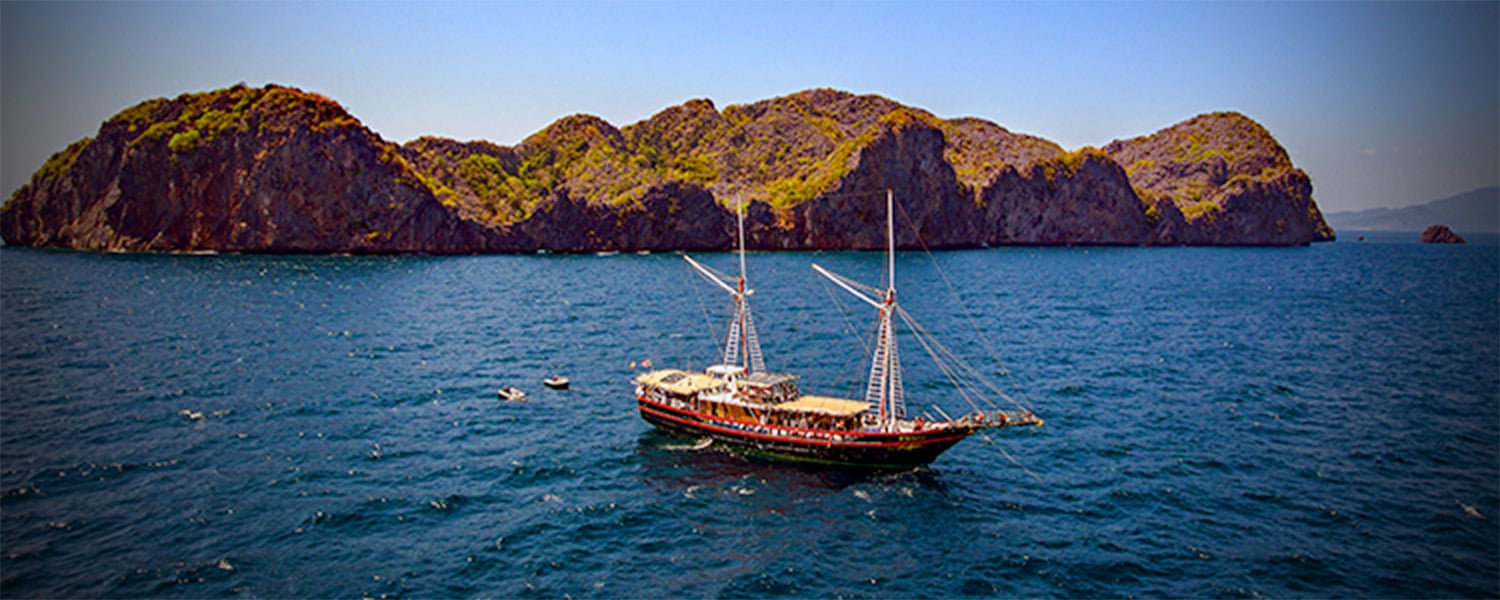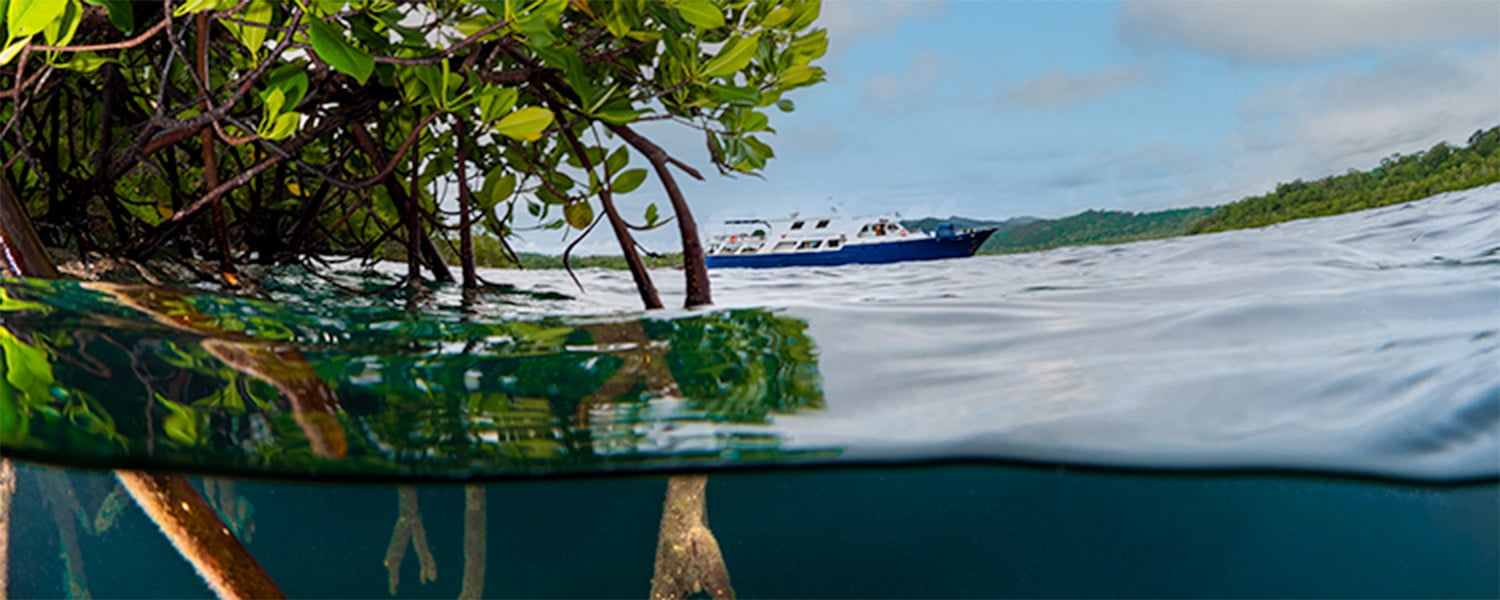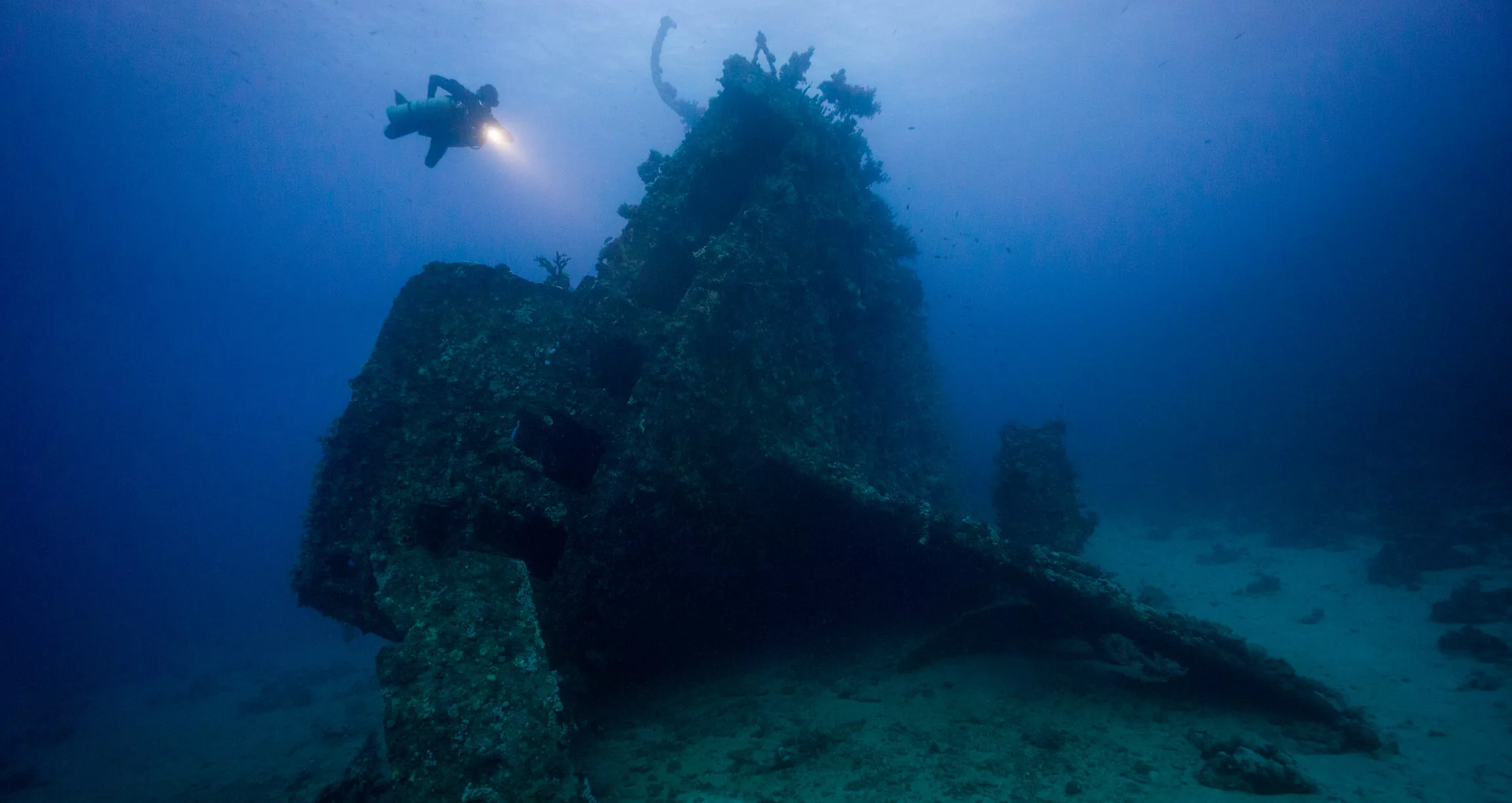The more you know about each Bikini Atoll wreck, the more you will get out of your scuba liveaboard holiday. Today, we are exploring one of the prime wrecks found in the lagoon. And it happens to be a submarine! It does not get any better so dive right on the USS Apogon (SS-308).
Quick facts

| LENGTH | 94.95 meters |
| DISPLACEMENT | 1526 tons at the surface and 2391 tons submerged |
| BEAM | 8.31 meters |
| DEPTH AT SHALLOWEST POINT | 50 meters |
| DEPTH AT SHALLOWEST POINT | 44 meters |
| ACCESSIBILITY | Technical diver – ideally CCR |
A submarine not like any others : Balao-class
From 1942, the US navy commissioned the construction of the new Balao-class submarines. The army developed this new class of submarines to improve on older designs. The most significant difference was the depth they could operate to (440ft-120m) and the larger amount of fuel they could carry, allowing for longer missions. The USS Apogon (SS-308) was one of the 120 Balao-class submarines that they built until 1946.
These submarines were instrumental in the US Submarine Force’s near-destruction of the Japanese merchant fleet during World War II. Therefore they were often drawing significant attrition of the Imperial Japanese Navy. One of the class, Archerfish, brought down what remains the largest warship sunk by a submarine, the Japanese aircraft carrier Shinano (59,000 tons). Tang, the highest-scoring of the class, sank 33 ships totaling 116,454 tons, as officially revised upward in 1980.
A fun fact about the Balao-class is that all of them were named after fishes: USS Catfish, USS Shark, USS Piranha, USS Tilefish and more. Our dear USS Apogon bears the name of the Apogon, the genus name for cardinal fishes. You will also find another “fishy” submarine sunk nearby at the bottom of Bikini Atoll: the USS Pilotfish.

Birth of the USS Apogon (SS-308)
The construction of the USS Apogon started in December 1942 and was complete within 3 months! They were working fast during that time. The wife of the then commander of the US submarine forces, Admiral Thomas Withers, launched it on 10th March 1943. The USS Apogon finally entered commission on 16th July 1943.

Service during WWII
After entering officially in the navy, the USS Apogon stayed for a while in the Atlantic near Maine. After they tested her performance, the submarine joined the Pacific Fleet at Pearl Harbor in September 1943.
The submarine conducted in total 7 complete patrols in the various regions of the Pacific: Mariana Islands, Marshall Islands, Philippines, Midway and even as far north as the Kuril Islands. She also took part in Operation Galvanic to seize Tarawa and the Gilbert Islands. Her hit records are a bit patchy and vary between 2 and 5 ships sunk, but the submarine did win 6 battle stars for her service
In July 1944, the USS Apogon suffered serious damages after being hit by a a Japanese ship. The Japanese vessel rammed into her starboard side, ripping off its periscope and bending the radar mast.

Towards the end of World War II, USS Apogon joined a group of vessels known as the “Mickey Finns.” Working from Formosa, the group managed to sink 41,000 ton worth of Japanese vessels.
Her final and 8th patrol got came to an end abruptly by the capitulation of Japan on 15th August 1945. She returned then safely back to California. Her official decommission was on 1st October 1945.
Operation Crossroads
In January 1946, the submarine sailed back to Pearl Harbor to undergo preliminary work in preparation to be used as a target in Operation Crossroads. Following a refitting that included remote controlling (imagine this in 1946!!!), the USS Apogon finally arrived in Bikini on 31st May 1946. She was one of the 8 obsolete submarines the US navy as a target for the atomic tests. and arrived in Bikini Atoll in May 1946.
Test Able, the atomic explosion on 2nd July 1946, was the first test. All the submarines were at the surface and while the Apogon was in the zone of serious damages, it survived.
For the second test, Baker, they decided to submerge all of the submarines. USS Apogon keel was lowered to 100ft/30m. Test Baker consisted of an underwater explosion and this proved to be the end of the USS Apogon. The submarine met its fate on 25th July 1946.

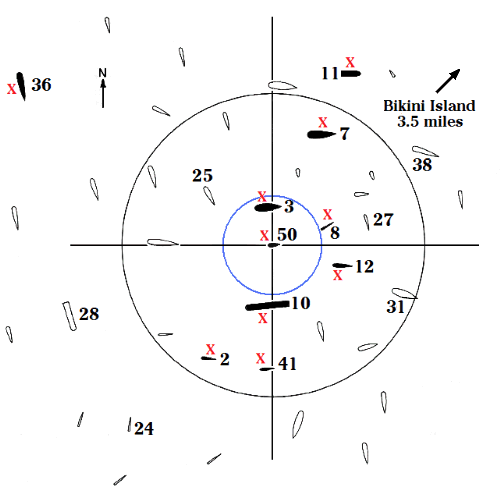
Dive the USS Apogon today
Today, this submarine lies at the bottom of Bikini Atoll at 48m. She sank perfectly upright and is almost intact. As she is not a massive wreck, you will be able to already enjoy her nicely just in one dive, especially since she is not “that” deep: the average depth is 43 metres. She suffered relatively little damage from the nuclear blast, even though the bomb only detonated a few hundred feet away. There is no apparent holes from the blast. The pressure wave of the test just burst open her water tight seals and very shortly, she filled up and sank – which is quite extraordinary given the circumstances!
You can spend tons of time exploring the outside and there will be plenty to see. And diving on a submarine is just really cool!

Highlights of the dive
There are a few highlights not to miss like the teak deck, the conning tower, the viewing binoculars on the bridge and the famous propellers. The anti-aircraft ammunition for the deck guns was recovered from the conning tower and placed on the platform for visiting divers to see.
But to see all of those highlights, you will have to fight the millions of glassfishes which cover that wreck. When you see them, you know you will have the right wreck 😉

We discourage any deep penetration due to risks. In 2012, divers pried open a conning tower hatch. One of them almost suffered an extremely dangerous and potentially fatal uncontrolled rapid ascent in the air bubble which burst out from inside the tower.
She might not be as mighty as the USS Saratoga, but is still one dive you cannot miss when visiting Bikini Atoll. She is pretty amazing!
Did you know?
Deep Sea World, Sctoland’s National Aquarium, has an Apogon Exhibit recreating the remains of the submarines along with the tropical fishes you may find.
